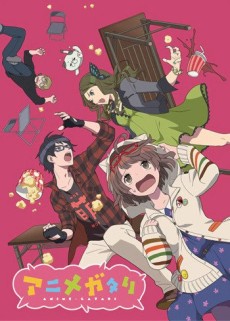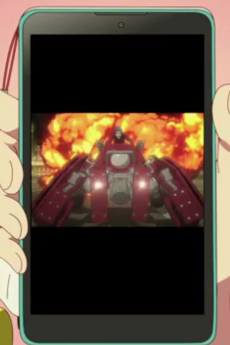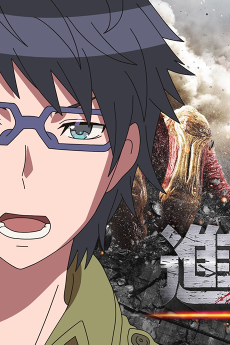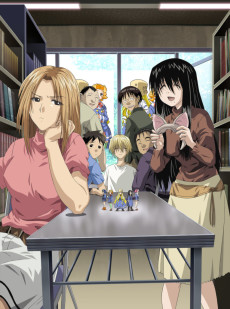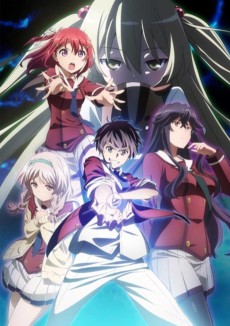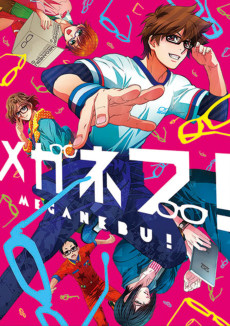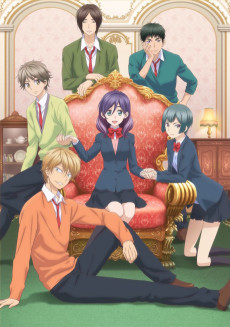ANIME-GATARIS
STATUS
COMPLETE
EPISODES
12
RELEASE
December 24, 2017
LENGTH
24 min
DESCRIPTION
The anime centers on Minoa Asagaya, a new high school student in Sakaneko Private High School. Despite being a novice to anime, Minoa's classmate Arisu Kamiigusa invites her to make an "anime research club" at school. Through conversations with her classmate Miko Kouenji, as well as various anime-loving upperclassmen, Minoa gradually gets hooked on anime. While they stand against the student council's continuous efforts to disband their club, and they ignore the impending end of the world, they talk about anime, whether in Akiba, or in real-life "sacred place" anime settings, or the hot springs.
(Source: Anime News Network)
CAST
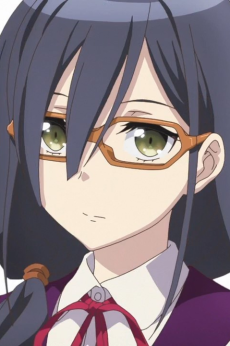
Miko Kouenji

Hisako Toujou
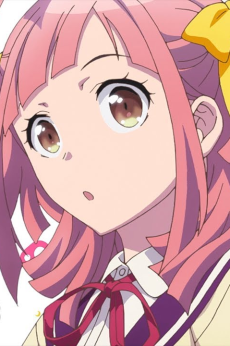
Minoa Asagaya

Kaede Hondo
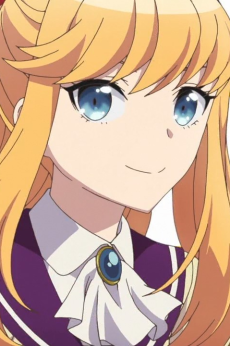
Arisu Kamiigusa

Sayaka Senbongi
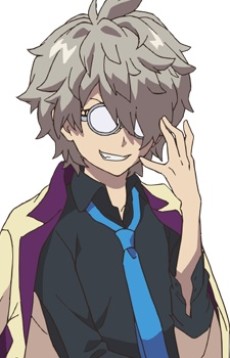
Kai Musashisakai
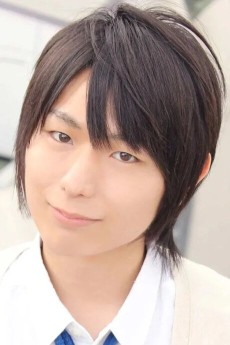
Setsuo Itou
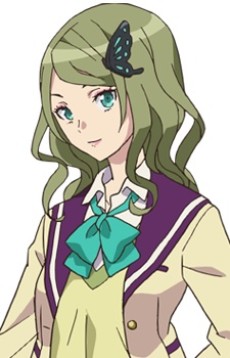
Erika Aoyama

Anju Inami

Kouki Nakano

Junta Terashima
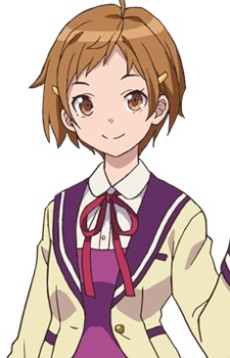
Yui Obata

Rie Takahashi
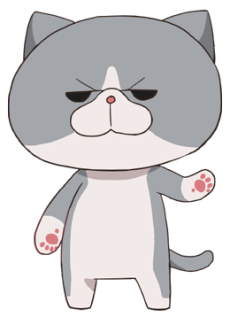
Neko-senpai

Hironori Kondou
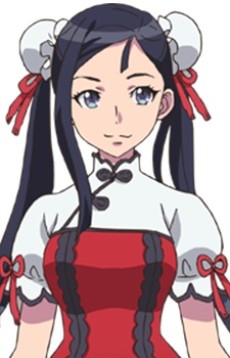
Bei Bei Yang

Kana Hanazawa
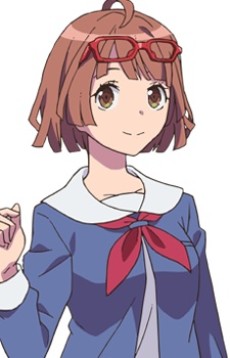
Maya Asagaya

Inori Minase

Tsubaki Akabane
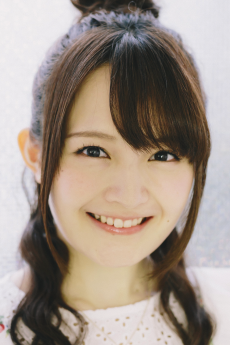
Asuka Nishi
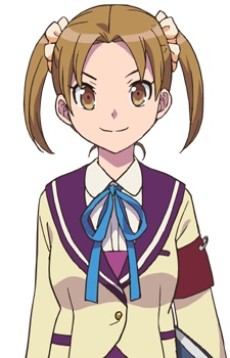
Matsuri Toda

Miyu Takagi
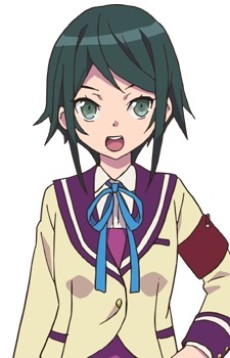
Ayame Osaki

Natsumi Takamori
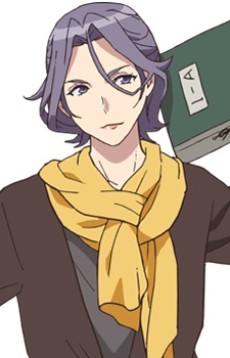
Tooru Roppongi

Naomi Maruyama

Ai Asagaya

Ai Kakuma
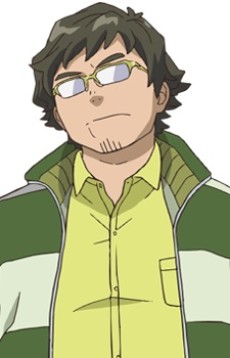
Masato Gomon

Makoto Furukawa
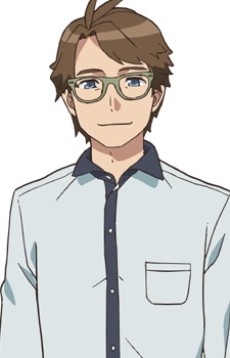
Shuugo Asagaya

Kenta Zaima
EPISODES
Dubbed
RELATED TO ANIME-GATARIS
REVIEWS

CountZero
85/100A mundane opening leading into a way over the top conclusion.Continue on AniListThere have been numerous anime about anime and anime fandom – from Otaku no Video and Genshiken on the fandom side, and Shirobako and Animation Runner Kuromi on the production side. This last year had Anime-Gataris, an anime series spun-off from a series of shorts that aired in a specific movie theater in Tokyo, a series that does a little bit of both – and then some.
The series follows Minoa Asagaya, a new student at Sakaneko High School. While looking to make friends, she bonds with a couple classmates over a discussion of an anime she saw when she was younger, but doesn’t remember very well. She and her friends, from various walks of life and stripes of fandom, attempt to restart the school’s old anime club, only to run into an ever-escalating series of obstacles, going from the mundane to the absurd to the metatextually crazy.
The show’s greatest strength is also unfortunately related to how it disappoints. The first 9 episodes of the series are pretty conventional – the club forms, and we get an exploration of the various aspects of anime and anime fandom (from doujinshi, to cosplay, to light novels, to anime tourism, and so on), after which the Student Council starts throwing various obstacles in their way. These obstacles are also fairly conventional and mundane – do a presentation defending the existence of the club to the student body, and produce a work for the school fair.
And then from episodes 10 to 12, things go absolutely nuts. Episode 10 has various other clubs turning to the Anime Club for recommendations on how they can improve their club through anime – better living through anime if you will, before the final two episodes almost literally lead to anime bleeding into the real world. The only reason I say “almost” is for it to get into actual literal reality would involve shifting into live-action, and who has that kind of budget?
These last 2 episodes are the point where the show becomes the most visually creative, with characters shifting art styles, making references to the change in aspect ratio from older series to the present day, and even a gag where a character becomes aware that their day is passing in the form of a montage. The change is incredibly abrupt – something which is called attention to in the narrative – but it’s also incredibly late in the series.
The presentation is wonderfully done too. The art style goes from modern to 90s early digi-cels, to references to black and white anime from the 60s, and some of the more risque comedies of the 70s and 80s. The timing is also perfect – the style changes stay on screen long enough that you can let them sink in, while stuff like the aspect ratio change goes just long enough for you to stop and go, “Did they just do that?” before moving on.
Consequently, there’s a very real chance that most viewers of the show wouldn’t get far enough into the show to see it kick into high gear. Plus, once it gets there, it doesn’t stick around enough to quite feel satisfying. It’s like a multi-course meal with a lot of appetisers of a kind and variety that you’re familiar with, and of a quality that fine, but not mind blowing – and then you reach the main course. The main course is something with delicious, complex flavors, presented beautifully, and with an end portion that leaves you craving more.
(Note: This review originally appeared [on my blo](http://countzeroor.wordpress.com/2018/03/17/anime-review-anime-gataris-2017/)g)

planetJane
88/100Anime is eating itself!Continue on AniListThis review contains spoilers.
Let’s get one thing straight right off the top here. There is genuinely very little else out there like Anime-Gataris. Like most reviewers--amateur or professional--I tend to try to keep a sort of detached semi-objective tone when talking about the series I review. I will admit from square one that I do not have the chops to do that with Anime-Gataris. I’m not sure anyone does.
If you’re looking for your quick “is this good or not?” recommendation, close this review and go watch this show, preferably while knowing as little about it as possible.
It’s really hard to talk about a series like this for several reasons. For one, it spends over half its runtime effectively in disguise, pretending to be a reference-heavy comedy about an anime club (think a sort of Lucky Star for new 10s), and it’s actually very good at that! The first half of Anime-Gataris is a rock solid comedy series with no real major problems and fun characters that bounce off of each other super well, if you like that kind of thing, you will have no problems with episodes 1-8 of Anime-Gataris.
It is also not what I am going to spend most of this review talking about, because after it sheds that facade, the series then spends its remaining five episodes becoming one of the most weird and baldly ambitious pieces of metafiction since Grant Morrison's Animal Man. This series is a ride, from end to end.

Where to even start? Ostensibly, Anime-Gataris (that’s “anime talk”, incidentally, which, boy, is it ever) is the story of Minoa, an entry into my favorite genre of anime protagonist--peppy girl with a big heart who is kind of dumb--and her quest to make friends by re-founding her school’s anime club. Along the way said club clashes with the student council who seem weirdly hardline about getting it shut down (there’s a reason for that, as it turns out), they go to Comiket, and, the storyline that sets up the show’s complete 180, they end up making their own anime short as part of a school project. As an aside, said anime short is shown in its entirety in episode 8, and is god awful in the most beautiful way I think I’ve ever seen something be deliberately bad.

Their short is a hit. So much so, that the school’s other clubs start coming to them for advice, or more specifically, anime recommendations. Now that seems innocuous enough, right? Well, somehow or another (it’s never really explained, like all great anime, Anime-Gataris knows better than to sweat the specifics too much), the clubs using anime as inspiration material leads to the boundary between the “real world” (of the show) and fiction breaking down. This leads to such things as Minoa’s friend / b-character, a track runner, getting a pair of robot booster shoes, and the martial arts clubs banding together to build a ziggurat they can train on. It’s a lot, but if the series stopped there, we’d “merely” be in PaniPoniDash! territory, or Excel Saga at most.
Way back in the first episode, the impetus for Minoa getting into anime in the first place was to find a show from her childhood that she’d forgotten--a pastiche of RahXephon, Macross, and about a dozen other things, most of which I, as a comparative neophyte compared to whoever wrote all this, have never seen--this finally gets resolved in the 9th and 10th episodes. It turns out that the school’s principal (also responsible for the student council’s hard stance against the anime club) is in fact, a failed director, who directed that very same series. This plot wraps up, and you might think that the series is now finally done, but then you realize that there are still two more episodes left.
And it is at this point that still referring to Anime-Gataris as a “comedy” seems sort of, well, not quite enough? The final two episodes see the culmination of the reality/fiction boundary breakdown, as seemingly the entire cast with the notable exception of Minoa herself--down to her friends in the anime club--become very self-awaredly anime. This might sound, on paper, kind of funny. And to be fair, it sort of is, but it’s also around here that Anime-Gataris pulls double duty as the “Minoa slowly losing her mind as the world around her crumbles into madness” show. Parts of the 11th episode are genuinely unsettling, Minoa is being subjected to reality itself failing and everyone she knows lapsing into “anime-ness”. It’s deeply weird and pretty damn creepy to boot. It doesn’t help that when she tries to basically wake her fellow club members up, they not only reject her, but are outright hostile.

This turns out to be a plot by one of the club members (Aurora) who we learn is an escapee from the anime world, determined to….change his name, because ultimately this series is still trying to be funny. Mostly. Aurora also gives Minoa a pair of glasses that let her see that the world consists entirely of drawings and she screams quite loudly. Comedy!


Of course, because Anime-Gataris is an anime, and is made by people who are clearly big fans of the medium, it understands something very well, which is that there is no force in the universe more powerful than a determined high school girl.

The final episode consists of Minoa fighting back, winning back her friends, and dropping a Gurren Lagann reference for good measure--because not even this show can escape the long shadow of Team Dai Gurren, apparently.

The series ends with her using a magic beret to rewrite the entire world, effectively rebuilding the destroyed fourth wall, and placing herself and her friends in a fairly normal slice of life anime. The show ends where it began, as we get some recaps of scenes from the first episode, now with the characters slightly changed to fit the new reality.
This is all a lot to process, but it would be meaningless if Anime-Gataris wasn’t actually compelling. Thankfully it is. Even in the 8 episodes where it’s pretending to be a normal SOL, it’s a pretty funny one. And after that, well, as recapped, it’s a wild ride. It’s a hard series to really articulate the main good points of, because the two major ones are just “that it’s funny”, and all of the weird metafiction flummoxery. If you find the latter obnoxious of course you probably won’t like the series, but, if you have even a mild tolerance for it, it’s impossible not to recommend. There’s a million little things I can’t even begin to mention here, as an off-hand example: Minoa’s trackstar friend randomly shows up in scenes at the very start of certain episodes, seemingly randomly, and doing something quite unrelated to the rest of the episode. It is only by thinking about it for a moment that you realize she is a quite literal running gag.
Is it the most meta anime ever made? Quite probably not, but for sheer commitment to the bit, you really have to hand it to Anime-Gataris. There aren’t too many like this one.


Heinzes
76/100A lighter, gentler take on diegetic anarchy and metanarrative.Continue on AniListHeinzes' 2010s Anime Cleanup Series #2
__minor spoilers within, consider yourself warned__  >Don't you want to have more fun talking about anime?
>Don't you want to have more fun talking about anime?Honestly, shows that go this hard on metanarrative and intertextuality should be at the forefront as curiosities for industry and subculture admirers, such as myself. And yet, when this show first aired in the Fall of 2017, I watched the first episode, enjoyed it well enough, and then promptly forget about it. This is because, as pointed out by my friend, Anilist user and fellow reviewer planetJane, that the series operates in disguise as a fairly standard school-life comedy for the first half of its run. So ultimately, the show self-sabotaged in terms of building immediate momentum with particularly time-pressed and picky seasonal watchers like yours truly. With the benefit of hindsight, the cat (our mascotesque Neko-senpai, I suppose) is now out of the bag and we can take this series for what it is. Which is, to say it succinctly, a deft comedy which belies a deep love for its extant medium, in all aspects - good and bad - that it contains.
It’s worth noting that, while the show does develop a dramatic core in its latter half, as the world itself crumbles around our heroine, Minoa, it never fully loses sight of its comedic pulse, deeply indebted to industry in-jokes and form-referential sight gags. I think specifically of a very small yet evergreen gag in the 11th episode, wherein Minoa walks into an on-screen subtitle and bumps her head on it; very much the kind of thing you may see were you to watch one of the classic Chuck Jones-directed Merrie Melodies or Looney Tunes shorts, maybe “Duck Amuck.” Moments like this demonstrate, among all else, that Anime-Gataris is not only committed to lampooning the tropes of anime as we know it today, but also fostering and expositing an understanding and appreciation of animation as a widespread, global craft.
In keeping with Anime-Gataris’ position as a comedy, all must end well, and it does. The boundary between the real and the fictional collapses, and everything falls apart, yet our bubbly heroine is granted the power to set everything back in its place. A reassuring gesture, that we can separate what is real and tangible from what is story and fiction. Though, it must be said that fiction affects the real too, be it shaping our own mindsets and worldviews, or inspiring us to pursue our goals. Certainly, for the anime club we follow in this series, this is absolutely the case. Taking it further, though, I have to posit the question: What is the difference to us, the viewer, of the show itself and a dream or show-within-the-show? Does the difference matter? Are not all stories-within-stories just stories with some layer of obfuscation added arbitrarily?
The film nerd in me wants to tell you that you should watch Close-Up.To wrap this up, if you were to ask me to recommend you one example of metafiction in anime from 2017, well... I would probably go with Re:CREATORS over Anime-Gataris. But, where the former is a more bleak, action-oriented examination of the creator-creation and audience-author relationship, Anime-Gataris provides a light, energetic, and quite thoughtful love letter to an entire industry and medium that is an absolute delight to laugh along with.
Final Grade: B
SIMILAR ANIMES YOU MAY LIKE
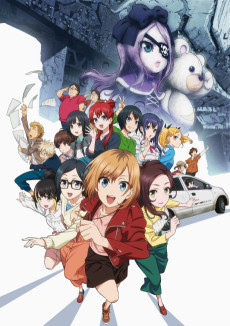 MOVIE ComedySHIROBAKO Movie
MOVIE ComedySHIROBAKO Movie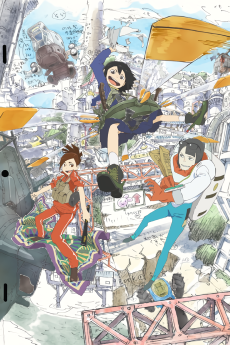 ANIME AdventureEizouken ni wa Te wo Dasu na!
ANIME AdventureEizouken ni wa Te wo Dasu na!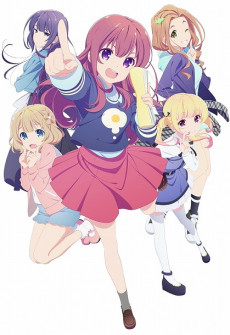 ANIME ComedyGi(a)rlish Number
ANIME ComedyGi(a)rlish Number ANIME ComedySore ga Seiyuu!
ANIME ComedySore ga Seiyuu!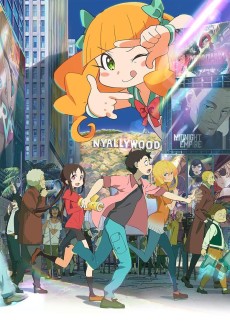 MOVIE ComedyEiga Daisuki Pompo-san
MOVIE ComedyEiga Daisuki Pompo-san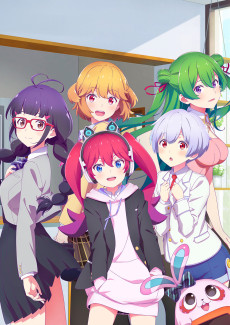 ANIME ComedyRenai Flops
ANIME ComedyRenai Flops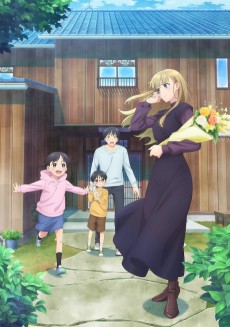 ANIME ComedyOtonari ni Ginga
ANIME ComedyOtonari ni Ginga
SCORE
- (3.05/5)
TRAILER
MORE INFO
Ended inDecember 24, 2017
Main Studio WAO World
Trending Level 1
Favorited by 107 Users
Hashtag #ガタリズ

